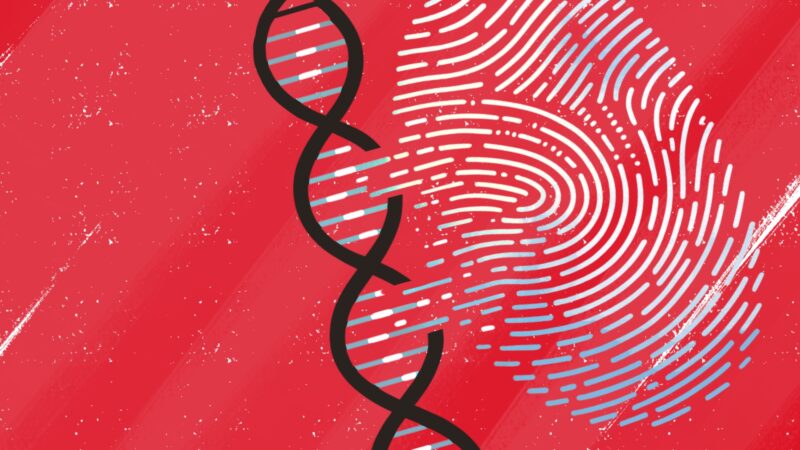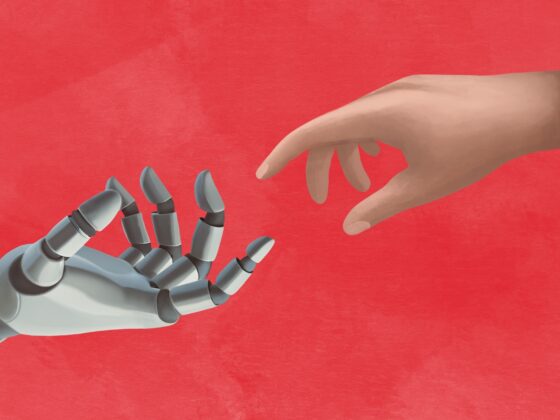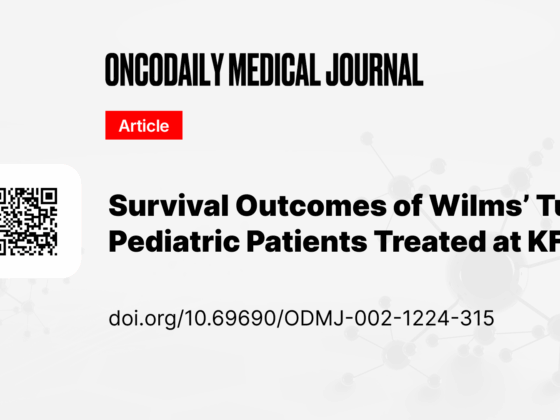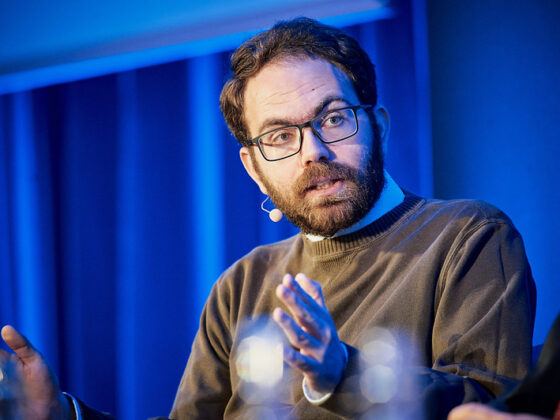Many people diagnosed with cancer often wonder what “caused” their disease and whether they could have done anything to prevent it. Typically, the risk of developing cancer is determined by a combination of genetics and environmental exposures, causing errors in DNA called mutations. DNA sequencing of tumor cells to identify mutations is now fairly routine and affordable, often guiding treatment decisions. And now, by studying the patterns of mutations in this sequencing data, scientists can increasingly identify what is likely to have caused cancer.
“A mutational signature is essentially a fingerprint, and it can tell you about the exposure that caused the cancer,” said Ludmil Alexandrov, Professor of bioengineering and cellular and molecular medicine at UC San Diego, and member of UC San Diego Moores Cancer Center.
Causes and Effects
Some of the first mutation signatures to be identified over a decade ago1 were those caused by components of tobacco smoke, linked [VF1] to a higher risk of over a dozen types of cancer, and UV radiation, the main cause of skin cancers.
“Different carcinogens generate different mutational signatures. Smoking tobacco cigarettes, for example, mutates the lungs and esophagus of a person with a very specific pattern,” said Alexandrov to CancerWorld.
Signatures were also identified related to aging and defects affecting BRCA genes, hereditary mutations linked to familial breast, ovarian, and pancreatic cancers. In the present day, the number of signatures has expanded significantly as more tumor samples are sequenced.
“We have analyzed around 100,000 patients with in-depth sequencing, and we think that the signatures that are common across cancers and across populations have been captured,” said Alexandrov. “There are over 100 signatures identified, but we only know what causes about half of these.”
Alexandrov explains that the process for directly proving that a signature is caused by a particular exposure, rather than just a hypothesized association, involves laboratory work.
“We discover an association, come up with a hypothesis for which exposure/s may be causing that signature, and then go to experimental systems where you can expose cell lines or human organoids to these carcinogens,” said Alexandrov, noting that sometimes animal models are also used.
Colorectal Cancer in Young People
Mutation signatures are starting to address some of the most pressing questions in cancer biology, for example, why young people are experiencing a sharp rise in colorectal cancers. Some colorectal cancers have been previously linked to exposure to strains of bacteria which produce a toxin called colibactin, for which mutation signatures caused by colibactin were identified in 20202,3.
Alexandrov recently analyzed the signatures from a cohort of colorectal tumors from both young and older people4, making a surprising discovery. The colibactin signatures were 3.3 times more common in people under 40 than in people over 70. The team was able to analyze the evolution of these tumors, showing that many of them had colibactin-related signatures originating from decades before the patients were diagnosed.
“We estimated that infection with colibactin-producing bacteria in young children can put some people decades ahead of schedule for the normal development of colorectal cancer,” said Alexandrov. “The bacteria are there during microbiome development in some children and are mutating their cells, including colorectal stem cells, which are then getting driver mutations.”
The researchers stress in their paper that more work is needed to definitively prove causation between early-life colibactin exposure and colorectal cancer development. However, if a link is proven, preventative measures could be engaged to reduce exposure to colibactin-producing bacteria in childhood, or identify those who have already been exposed, potentially tackling the rise of cases in younger people.
“It’s a very exciting story for us, because it can allow early detection from stool samples. That’s what we are exploring – if a person has a colibactin signature, perhaps they should start undergoing regular screening at age 20 or 30,” said Alexandrov.
Lung Cancer in Non-Smokers
Another longstanding puzzle has been the rise in lung cancer cases in people who have never smoked, now comprising around a quarter of all lung cancers. Researchers have known for a while that these cancers look genetically different from those found in smokers, but until now, what caused them was a bit of a mystery.
“We’re seeing this problematic trend that never-smokers are increasingly getting lung cancer, but we haven’t understood why,” said Alexandrov.
A recent paper5, which Alexandrov co-led, analyzed lung tumor samples from almost 900 people who had never smoked, spread across four continents. They found that patients living in areas with higher air pollution had distinct mutational signatures linked to cancer in their lung tumors, some of which were associated with tobacco smoking despite them never having smoked.
“Our research shows that air pollution is strongly associated with the same types of DNA mutations we typically associate with smoking,” said Alexandrov.
The never-smokers with lung cancer also had a higher number of mutations overall, particularly in genes known to drive the evolution of cancer.
Shedding Light on Unusual Manifestations of Cancer
Mutation signatures can be used as a tool in figuring out unusual cancer cases. Recently, Alexandrov’s team heard about a group of beauty pageant contestants getting skin cancers on their fingers 6. The young women were at an unusual age to get skin cancer, and their fingers, a rare place to get the disease. The team hypothesized that machines used in nail salons to set nail gel polish might be responsible, knowing that they generated UV radiation 7.
“This was an experimental study, looking at machines which generate UV-A radiation to set certain types of nail polish,” said Alexandrov. “So, we bought one to do experiments with them, and we saw a lot of results where the UVA was generating mutations in cultured cells.”
The researchers exposed cell lines, including human skin cells, to the nail polish drying machines. The mutation signatures identified were similar to those found in sequencing data from an online repository of skin cancers.
“These machines are commonly used, and if you use them once a month or so, it’s probably not adding much cancer risk. But if you’re using it multiple times a day, as these beauty pageant contestants may have been, the risk will be much higher,” said Alexandrov.
Discovering New Signatures
Alexandrov also talks about how cancer sequencing data so far has mostly come from people residing in “Western” countries, leading to most of the signatures that are common across cancers and populations being captured. However, rarer signatures are still being discovered as sequencing data from different populations is being analyzed.
“There’s a bias in our sampling with most samples coming from the US, Western Europe and some from Japan, Australia, etc. When we look at other populations, we often uncover new signatures,” said Alexandrov.
A recent analysis of lung cancer samples found a signature of a compound called aristolochic acid, found in some traditional Chinese medicines, in a small number of cases, almost exclusively from people living in Taiwan.
“From a cancer prevention perspective, we can identify a number of carcinogens that require public regulation, such as aristolochic acid. These medicines are available in Taiwan, and my understanding is that they are banned in the U.S. This is an example of prevention that requires government action, policy, compliance – it’s all very complicated,” said Alexandrov.
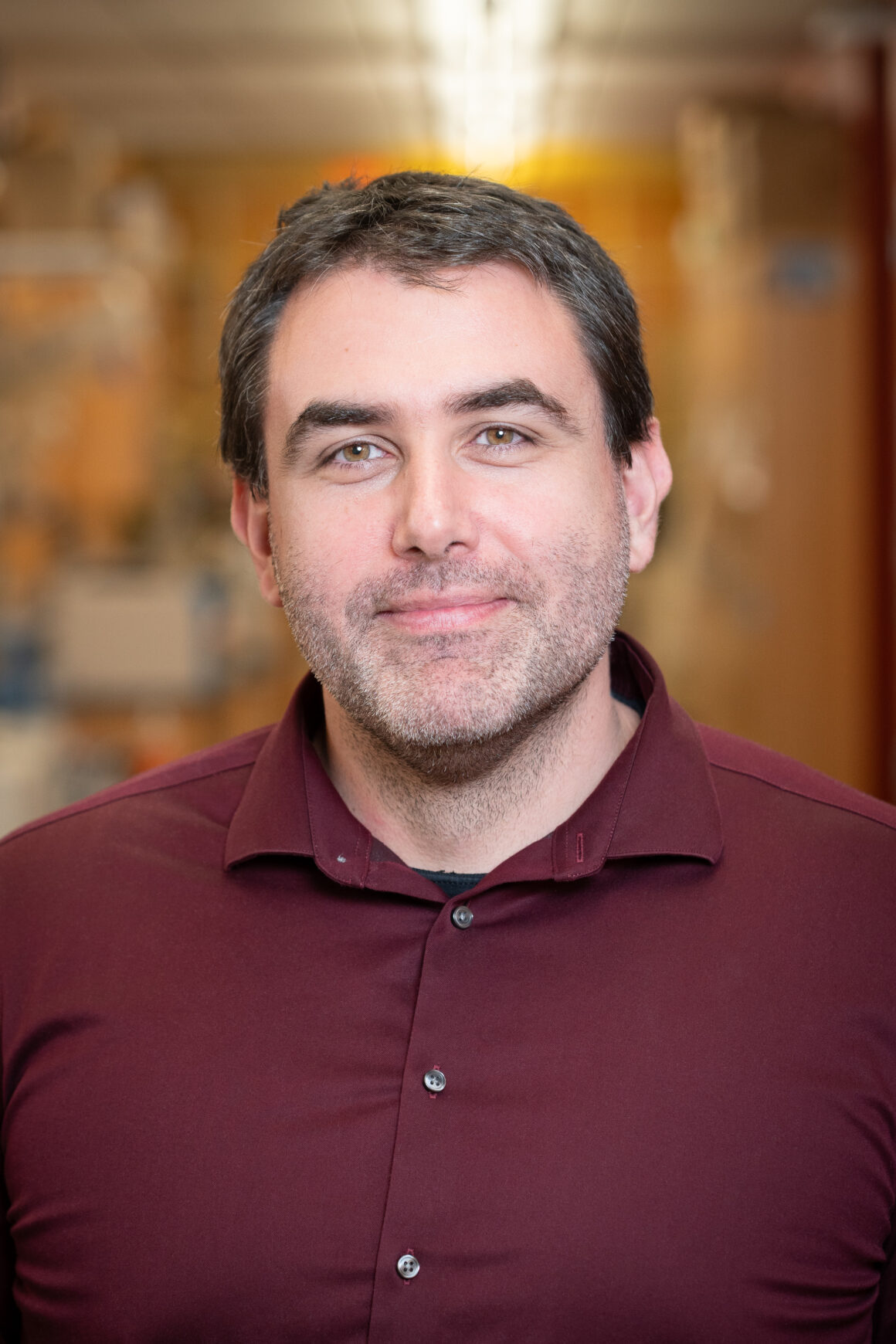
The Future
A lot of the translational impact of Alexandrov’s work relates to the question, ‘Once you’ve figured out what causes cancer, what do you do with this information?’ Alexandrov details three potential translational impacts. One is prevention by regulation, the example being restricting substances, including carcinogens, such as the example of traditional medicines containing aristolochic acid. But tackling global air pollution to reduce the incidence of lung cancer in never-smokers is a task of a very different magnitude.
The second is increased screening leading to early detection. This already happens for people with known hereditary mutations in DNA repair genes, and starting this for people found to have been exposed to colibactin early in life seems to be an achievable goal.
The third is for people with cancer who have mutational signatures in their tumors indicating faulty DNA repair processes. For these patients, there is a range of targeted therapies now that are particularly effective for these patients, including PARP inhibitors, platinum chemotherapies and immunotherapies, depending on the nature of the deficiency.
For the immediate future, Alexandrov is leading a team shortlisted for a prestigious cancer “Grand Challenge 8,” a funding competition where superstar international teams are awarded up to $25 million to significantly boost their field.
References
- Alexandrov LB, Nik-Zainal S, Wedge DC, et al. Signatures of mutational processes in human cancer. Nature. 2013;500(7463):415-421. doi:10.1038/nature12477
- Pleguezuelos-Manzano C, Puschhof J, Rosendahl Huber A, et al. Mutational signature in colorectal cancer caused by genotoxic pks+ E. coli. Nature. 2020;580(7802):269-273. doi:10.1038/s41586-020-2080-8
- Dziubańska-Kusibab PJ, Berger H, Battistini F, et al. Colibactin DNA-damage signature indicates mutational impact in colorectal cancer. Nat Med. 2020;26(7):1063-1069. doi:10.1038/s41591-020-0908-2
- Díaz-Gay M, dos Santos W, Moody S, et al. Geographic and age variations in mutational processes in colorectal cancer. Nature. 2025;643(8070):230-240. doi:10.1038/s41586-025-09025-8
- Díaz-Gay M, Zhang T, Hoang PH, et al. The mutagenic forces shaping the genomes of lung cancer in never smokers. Nature. 2025;644(8075):133-144. doi:10.1038/s41586-025-09219-0
- UV nail dryers used in gel manicures may increase skin cancer risk, study finds – CBS News. February 13, 2023. Accessed October 17, 2025. https://www.cbsnews.com/news/uv-nail-dryer-gel-manicures-skin-cancer-study/
- Zhivagui M, Hoda A, Valenzuela N, et al. DNA damage and somatic mutations in mammalian cells after irradiation with a nail polish dryer. Nat Commun. 2023;14(1):276. doi:10.1038/s41467-023-35876-8
- Meet the finalists looking to take on cancer’s toughest challenges | Cancer Grand Challenges. September 24, 2025. Accessed October 15, 2025. https://www.cancergrandchallenges.org/meet-the-finalists-looking-to-take-on-cancers-toughest-challenges

